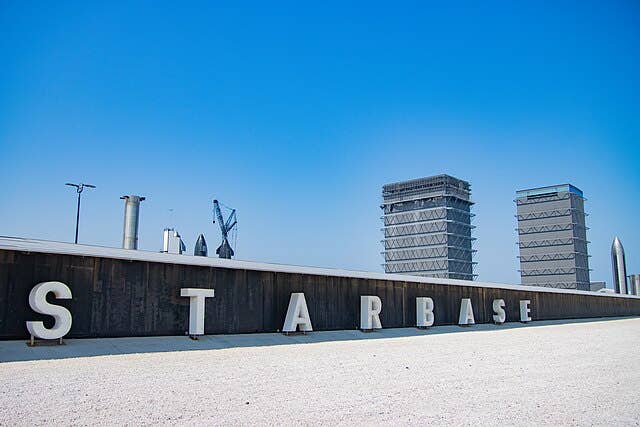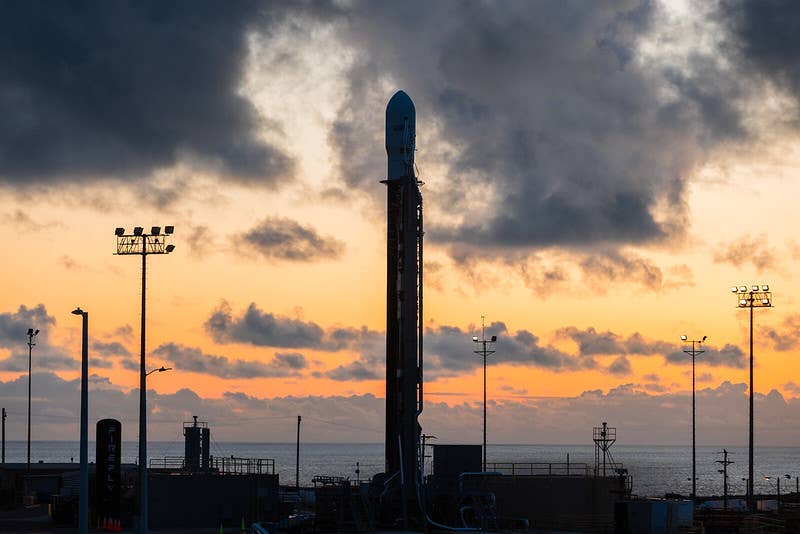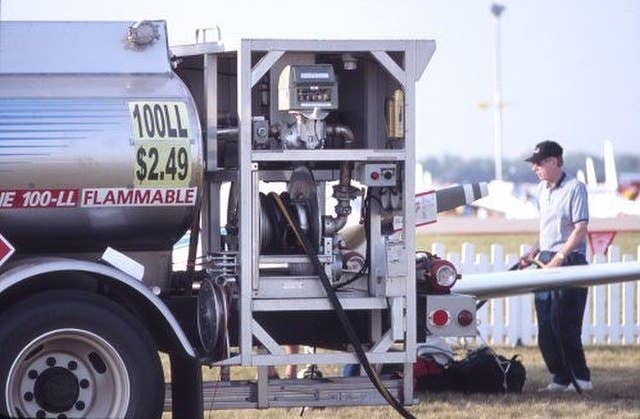Failure To Deice Cited In Fatal Phenom 300 Crash
Failure to deice in freezing conditions led to a fatal Phenom 300 crash shortly after takeoff, the NTSB said.

The pilot’s failure to deice an Embraer Phenom 300 before takeoff in icy conditions was identified as the probable cause of a fatal Jan. 2, 2023 crash moments after departure from Utah’s Provo Airport (KPVU), according to the National Transportation Safety Board’s (NTSB) final report.
The pilot flying, who held an airline transport pilot certificate, was killed while several passengers were injured.
The NTSB’s final report noted that the aircraft had been removed from a heated hangar and refueled before sitting outside in freezing mist and snow for about 40 minutes without any deice or anti-ice treatment. Water droplets were observed on the wings at the time of refueling. Witnesses described the aircraft taking off in a nose-high attitude before rolling sharply to the left and crashing just off the runway.
Investigators found the aircraft’s anti-ice system was briefly activated during checklist procedures but turned off shortly after. Data from the cockpit voice and flight data recorders confirmed the system remained off during the remainder of the flight. Although the anti-ice switch was found in the "on" position after the crash, evidence suggested it may have been moved during the impact sequence.
At the time of the accident, weather conditions at the airport included light snow, mist, IFR ceilings, and a temperature of -1°C.
The Phenom 300’s pilot operating handbook requires a full deice and anti-ice treatment when ice or freezing precipitation is present, along with a thorough inspection of wing and tail surfaces prior to takeoff.
The NTSB found no mechanical issues with the airframe or engine. However, they concluded that ice buildup likely formed on the aircraft’s upper surfaces during the 40-minute delay, resulting in an aerodynamic stall and loss of control immediately after takeoff.






